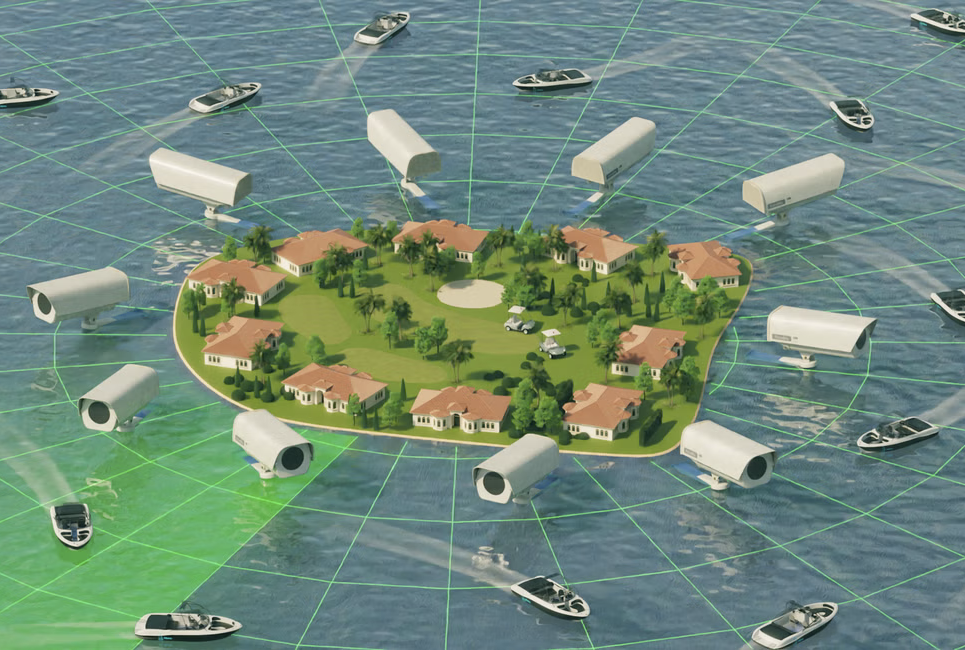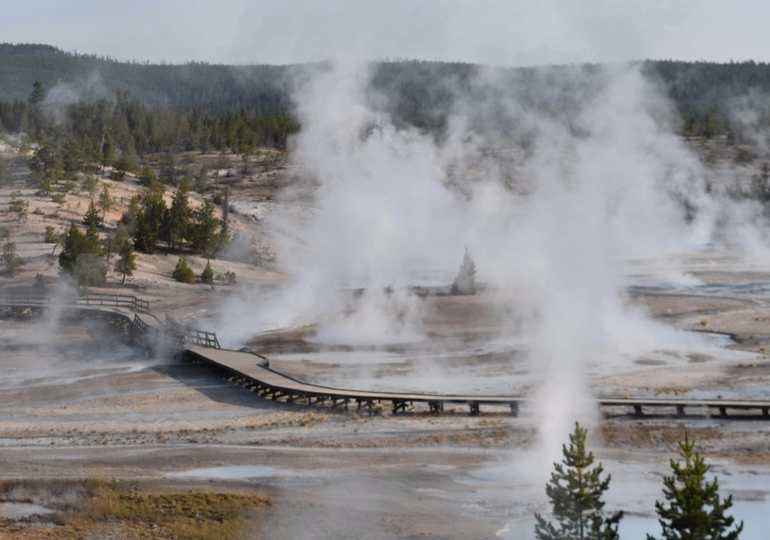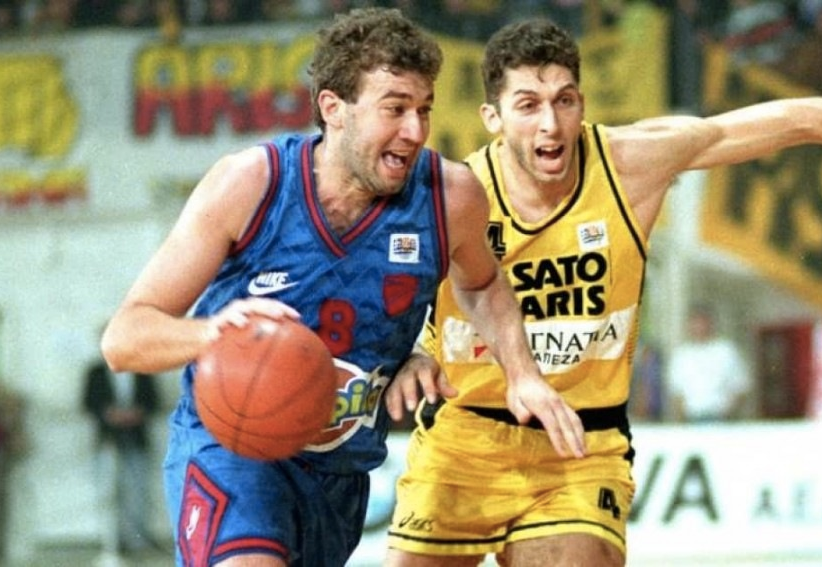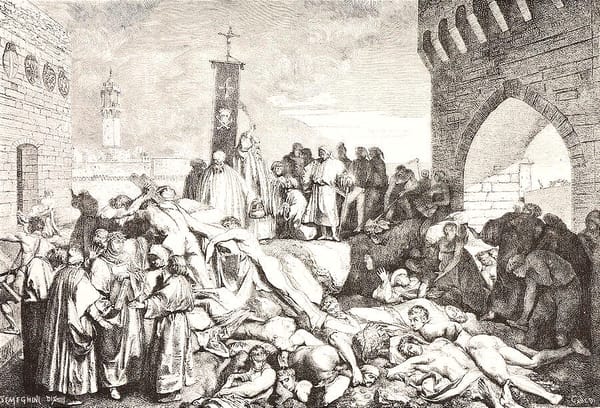He was lost in the woods for a month without food or shelter

From Cascadia News: "Robert Schock, 39, set off for a day run in the North Cascades at the end of July with minimal supplies and his dog. He was in an adventurous mood and wanted to piece together a big loop, possibly by way of Copper Ridge, which has stunning views of the North Cascade range. A generally nomadic person, he once lived in Mount Vernon and has hiked and camped in the Mount Baker area in the past. But he never returned to the trailhead. Family members and first responders were alerted to his disappearance in early August. After extensive searches of the remote, mountainous area, including by helicopter, most believed he would likely not be found alive. But on Aug. 30, young crew members of the Pacific Northwest Trail Association discovered Schock, dangerously emaciated and unable to move but still alive, lying on the rocky bank of the Chilliwack River. How did he manage to survive?"
Inside the island fortress built by America's richest men

From Business Insider: "As we near the northwestern side of the island, I spot the bright red steel beams of "La Petite Clef," the Mark di Suvero sculpture that towers 20 feet over the front lawn of the car magnate Norman Braman's mansion. We glide past a modern palace hidden behind a dense cluster of palm trees, purchased for $50 million in 2019 by a mysterious LLC linked to the emir of Qatar. On the southwestern shore, we come upon the island's most sought-after mansions. This is where the elite of the elite live: Tom Brady, Carl Icahn, and the neighborhood's most recent arrival, Jeff Bezos. The wealth here is staggering — 25,000-square-foot mansions with ivy-strewn stucco walls, fronted by sprawling lawns and sleek yachts. Today, almost all the mansions appear to be empty. As we get closer to the shore, I start to notice the cameras. Many are connected to an Israeli-designed system capable of detecting passersby from half a mile away."
The toad that became a national hero and inspired the cartoon Michigan J. Frog

From Wikipedia: "Ol' Rip the Horned Toad was a Texas horned lizard which supposedly survived a 31-year hibernation following its exhumation from a cornerstone in Eastland, Texas, on February 18, 1928. The lizard became a national celebrity and appeared in the 1920s motion pictures. Its name was a reference to writer Washington Irving's fictional character Rip Van Winkle. The same year, a Texas delegation presented the docile lizard to President Calvin Coolidge at the White House. Following the creature's fame, horned toads were sold by the thousands as souvenirs at public events, including the 1928 Democratic National Convention. The saga of Ol' Rip inspired Looney Tunes scribe Michael Maltese to write an animated theatrical short in which a construction worker demolishing an old building finds an 1892 time capsule that contains a toad that is able to sing, who is given the name Michigan J. Frog."
Yellowstone’s hot springs have killed three times as many people as bears have

From Outside: "According to the National Park Service, more people have been injured by Yellowstone’s hydrothermal springs than any of the park’s other natural threats. Hot springs-related injuries currently number in the hundreds, and at least 22 people have been killed by the scalding water. That’s nearly three times as many deaths as those attributed to bear attacks—only eight over the park’s recorded history. Bison attacks happen from time to time, but only two bison-related deaths have been recorded. In fact, the USGS has called the park’s geothermal springs “Yellowstone’s gravest threat to visitors.” However, the park points out that not all burns or deaths are the result of accidents. On more than one occasion, an off-leash dog has taken a flying leap into a pool, and its owners have plunged into the near-boiling water to attempt a rescue. Other visitors ignore posted signage to get closer to the water for photo-ops."
An NBA player hit his head in frustration and became a paraplegic

From the LA Times: "Slobodan Jankovic, fuming at a call that fouled him out of a game in 1993, rammed his head against a cement block in anger and suffered a broken neck that left him paralyzed. The 6-foot-8 Serb was the center for Panionios of Athens, which was playing in the semifinals of the Greek Championships. It happened with six minutes to play and Jankovic’s team trailing Panathinaikos by four points. With several players fighting for a rebound, the referee called a fifth foul on Jankovic. Waving his arms in disbelief that he had fouled out, Jankovic moved toward the backboard and rammed his head against the cement blocks supporting it. He bounced back and slumped to the floor in a pool of blood. He told paramedics that he had no feeling from the waist down. He was in a wheelchair for the next 13 years, and eventually died of heart failure at the age of 42 on June 28, 2006, while on a holiday cruise."
How bees can be trained to detect explosives
Explosives detector powered by bees pic.twitter.com/XXBvHWkNjy
— Interesting As Fuck (@interesting_aIl) September 25, 2024
Acknowledgements: I find a lot of these links myself, but I also get some from other newsletters that I rely on as "serendipity engines," such as The Morning News from Rosecrans Baldwin and Andrew Womack, Jodi Ettenberg's Curious About Everything, Dan Lewis's Now I Know, Robert Cottrell and Caroline Crampton's The Browser, Clive Thompson's Linkfest, Noah Brier and Colin Nagy's Why Is This Interesting, Maria Popova's The Marginalian, Sheehan Quirke AKA The Cultural Tutor, the Smithsonian magazine, and JSTOR Daily. If you come across something interesting that you think should be included here, please feel free to email me at mathew @ mathewingram dot com



